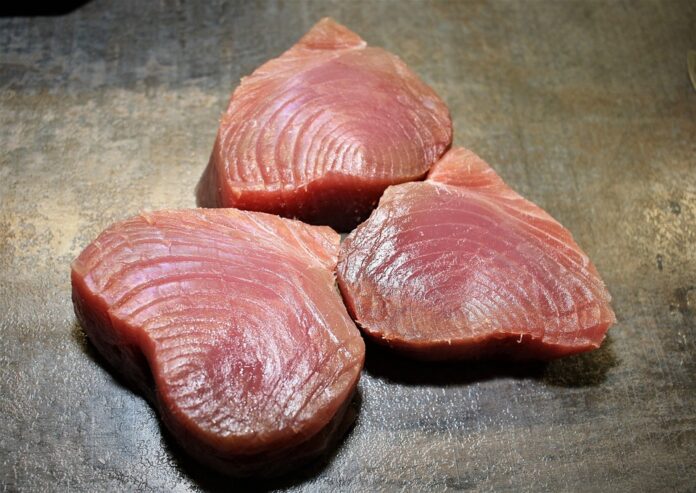Introduction
Tuna is a popular seafood choice around the world, with high demand for its rich flavor and nutritional benefits. However, as the global population grows, concerns about sustainability and profitability in tuna fishing have become increasingly important. In this report, we will compare the wild-caught and farmed tuna models to determine which is more sustainable and profitable in today’s market.
Wild-Caught Tuna
Overview
Wild-caught tuna refers to tuna that is caught in the open ocean using traditional fishing methods such as longline fishing or purse seining. This method of fishing has been used for centuries and is still prevalent in many parts of the world, including the Pacific Ocean, where most tuna fishing occurs.
Sustainability
One of the main concerns with wild-caught tuna is overfishing. Tuna stocks have been declining in recent years due to increased demand and lack of proper management. This has led to calls for more sustainable fishing practices, such as implementing catch limits and using more selective fishing gear to reduce bycatch.
Profitability
While wild-caught tuna can fetch high prices in the market, the costs associated with fishing, such as fuel, labor, and equipment, can eat into profits. Additionally, fluctuations in tuna prices and market demand can make it challenging for fishermen to predict their earnings accurately.
Farmed Tuna
Overview
Farmed tuna, also known as aquaculture, involves raising tuna in captivity in controlled environments such as sea cages or tanks. This method of production has gained popularity in recent years as a way to meet the growing demand for tuna while reducing pressure on wild fish stocks.
Sustainability
Farmed tuna is often touted as a more sustainable alternative to wild-caught tuna because it can help reduce overfishing and bycatch. However, concerns have been raised about the environmental impact of tuna farming, such as water pollution from fish waste and the use of antibiotics and chemicals in fish feed.
Profitability
Farmed tuna can offer more consistent supply and quality compared to wild-caught tuna, making it an attractive option for buyers. However, the initial investment required to set up a tuna farm can be substantial, and operational costs such as feed, labor, and maintenance can also impact profitability.
Comparison and Conclusion
Sustainability
In terms of sustainability, farmed tuna has the potential to reduce pressure on wild fish stocks and minimize bycatch. However, the environmental impact of tuna farming must be carefully managed to ensure long-term sustainability.
Profitability
From a profitability standpoint, wild-caught tuna may offer higher prices in the market, but the unpredictability of fish stocks and market demand can pose challenges for fishermen. On the other hand, farmed tuna can provide a more stable income stream, but the initial investment and operational costs can impact profitability.
In conclusion, both wild-caught and farmed tuna have their advantages and disadvantages in terms of sustainability and profitability. The key is to find a balance between meeting market demand for tuna while ensuring the long-term health of tuna stocks and the environment. Ultimately, the choice between wild-caught and farmed tuna will depend on various factors such as market conditions, regulations, and consumer preferences.

